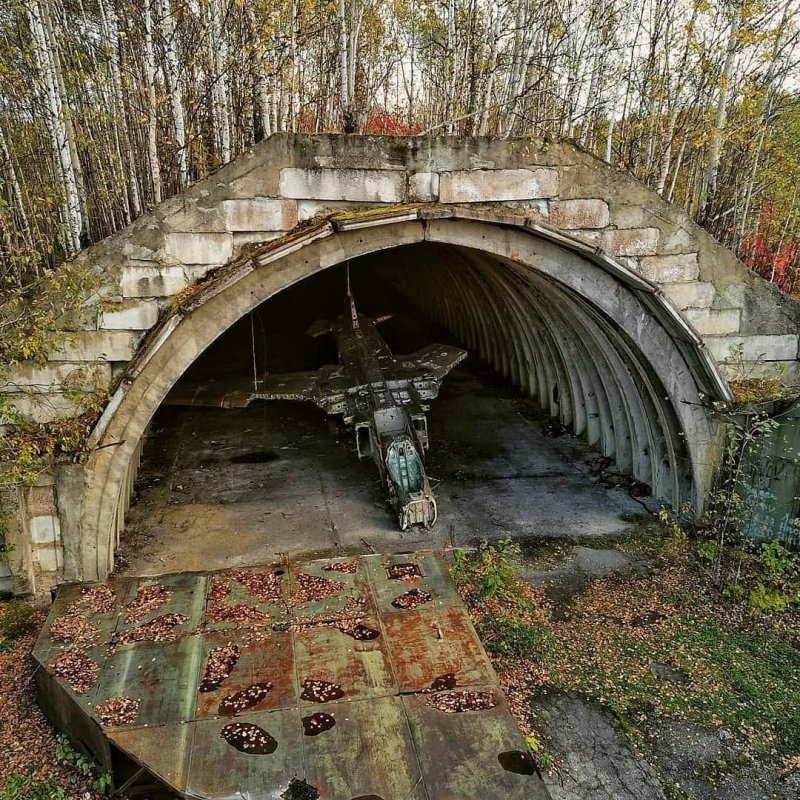Use the NEXT button below to navigate through as we explore this catastrophe.
History of the Chernobyl Facility
Located ~130km north of Kiev, Ukraine, the Chernobyl Power Complex consisted of four nuclear reactors. All four reactors are a Soviet designed RBMK-1000, a graphite moderated pressure tube reactor. Due to safety concerns, this design is now universally recognized as inherently flawed. The first two units completed construction by 1977, with the third and fourth units following the same design and completing construction in 1983. A 22 square kilometer lake was built southeast of the plant to provide cooling water for the reactors.

What went wrong?
The fourth reactor was shut down on April 25th, the day before the explosion, to perform routine maintenance and safety checks. During testing of the systems, operators deactivated critical automatic safety mechanisms. The reactor reached dangerous and unstable levels during testing, causing steam pressure to build by heating the cooling water. Operators recognized the danger and tried to correct their mistake, but it was too late – vital components were already critically damaged, and the steam pressure continued to rise until exploding and releasing fission products into the atmosphere. A second explosion, just seconds behind the first, released fuel channel fragments and hot graphite into the surrounding area. The cause of the second explosion is still debated by experts, but the most accepted culprit was the production of hydrogen from zirconium-steam reactions.

The Elephants Foot
A large mass of corium formed from the meltdown of the reactor core was nicknamed “The Elephant’s Foot” due to its unusual shape. At the time of the meltdown, the molten mixture was so hot it burned through the steel and concrete of the reactor before settling and cooling in the basement of the facility. It wasn’t discovered until December 1986, months after the meltdown. At the time of discovery, radioactivity near the Elephant’s Foot was approximately 8,000 roentgens, which would deliver a lethal dose of radiation within 5 minutes to a human standing next to it. The picture shown below was taken by Artur Korneyev, a radiation specialist tasked with investigating the meltdown. The photo was taken in 1996, 10 years after the meltdown, and the radiation was still strong enough to distort the film used for the photo.

Initial and Long Term Impact
Between 31 and 54 people died from the initial blasts or Acute Radiation Syndrome (ARS) within a few months of the meltdown. There is a lot of debate on the true number of deaths caused by radiation from the meltdown, ranging anywhere from 4,000 to 93,000 depending on the study. The radiation doses caused health issues (thyroid problems, cataracts, etc.) for thousands of people in the surrounding areas.

Containment Efforts
Immediately following the meltdown, authorities attempted to use helicopters to drop sand, lead, and boron on the core to absorb some of the radiation that was being released. Unfortunately these attempts were largely unsuccessful, and most of the material never made its way to the core. The next plan of attack was to use 400,000 cubic meters of reinforced concrete to build a sarcophagus and stop the spread of radiation. While this was successful initially, the sarcophagus was poorly built and started to deteriorate in the mid 90’s. The Ukrainian government completed the final step of containment in 2017 by building “New Safe Confinement”, a huge structure intended to cover the entirety of the core and existing sarcophagus. This structure is an engineering marvel and was designed to be slid into place, allowing construction to happen at a safe distance from the core. Financing proved to be a challenge for the project, as costs continued to increase throughout construction. The estimated total cost of the New Safe Confinement plan is estimated to be over $2 billion.

Pripyat: A Ghost Town (Part 1)
Within a day of the Chernobyl explosion, many nearby residents began to experience headaches and vomiting, telltale symptoms of radiation poisoning. Authorities ordered the evacuation of Pripyat, a city of 50,000, within 36 hours of the meltdown. Over the next few years, more than 300,000 people were evacuated due to the fallout, but the ghost town of Pripyat remains one of the most interesting pieces of the disaster.

Pripyat: A Ghost Town (Part 2)
Dolls, letters, cars, and theme parks remain exactly where they were abandoned 30+ years ago - like the whole city was suspended in time. With the help of a guide, tourists can go visit the city and see an eerie piece of history for themselves. While the radiation has decayed over time, levels can still be potentially dangerous for visitors touring areas surrounding Chernobyl. Because of this, all visitors are scanned for radiation both entering and exiting the “exclusion zone” - a 1000 square mile area around the reactor controlled by the government. Would you go visit? Let us know in the comments!

More Interesting Content
If you liked this article, you may enjoy these as well!


 manlife.com
manlife.com
Abandoned Russian Airbase WITH MiG's
Abandoned Russian Airbase WITH MiG-23 Sakhalin Russia
 manlife.com
manlife.com
